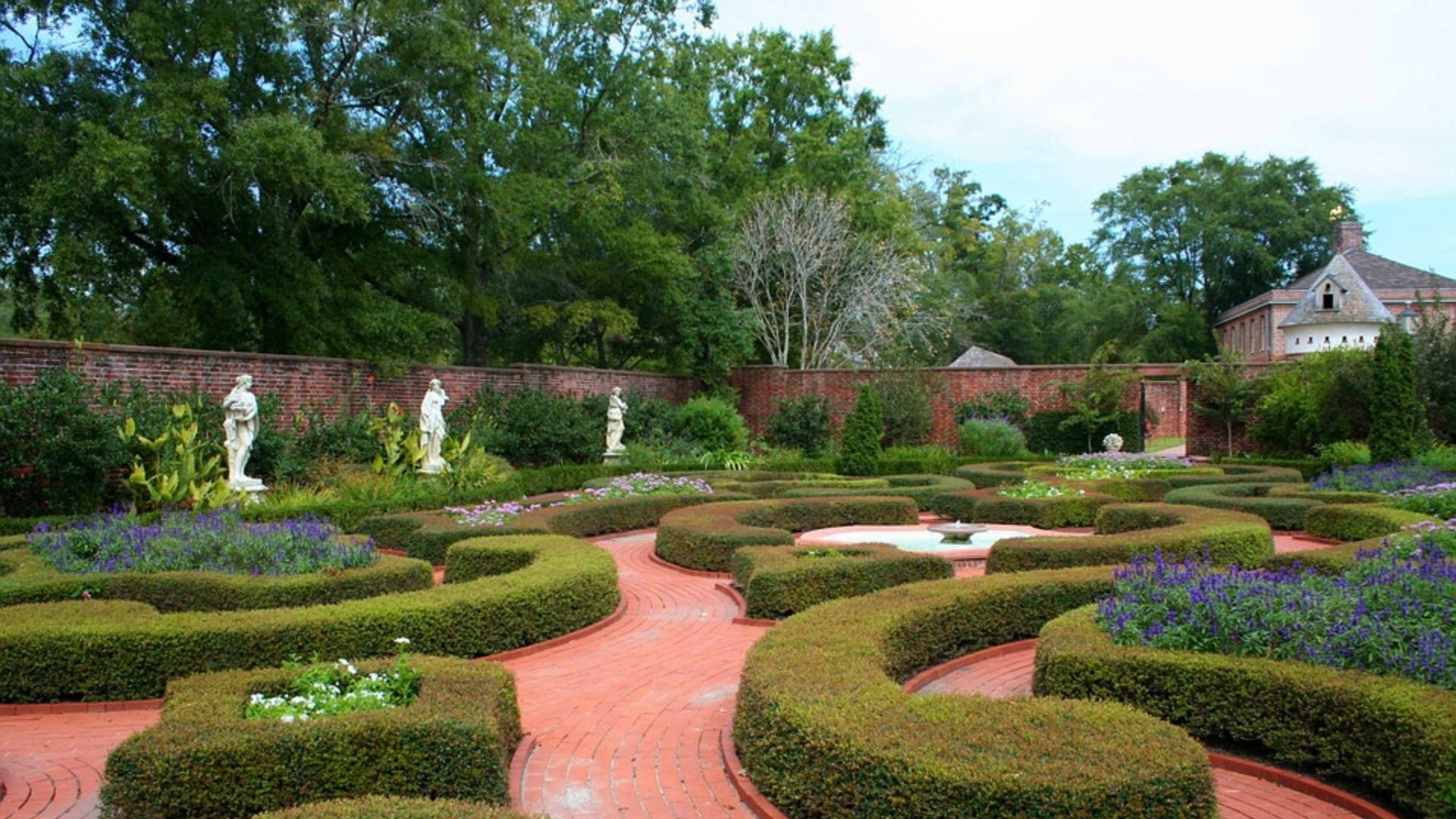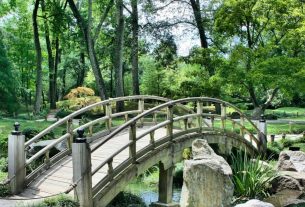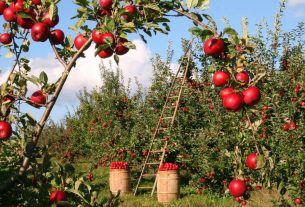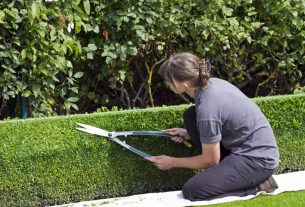I bet there is a lot about trees, wood, and forests that you didn’t know. Here are some definitions and explanations that I think you’ll find interesting… summarized of course.
Forest:
An area with a high density of trees. Forests cover about 9.4% of the Earth’s surface, which works out to 30% of the Earth’s land surface. This may sound like a lot, but it wasn’t long ago that forests covered 50% of the Earth’s surface.
Hardwood:
Hardwoods have more complex structures than softwoods. The most significant feature that separates hardwoods from softwoods is the presence of pores or vessels. Vessels come in a variety of shapes, sizes, and performance plates.
Pulp:
Pulpwood refers to timber that is grown specifically for making wood pulp for paper production. There is currently a big demand for pulpwood as a source of green energy. The chemical composition of pulpwood includes Wood, Cellulose, Lignin, Mannan, Araban, and Xylan.
Sapling:
A sapling is a small tree, usually between two and four inches in diameter and at breast height.
Seedling:
A seedling is a young plant developing out of a plant embryo from a seed. Its development begins with the germination of the seed. They consist of three parts- the root, the shoot, and the leaves.
Shrub:
Shrubs can be distinguished from trees thanks to their short height and multiple stems. Plants such as lavender, periwinkle, and thyme are even smaller than usual and often called subshrubs. When shrubs are cultivated in one area, it is known as shrubbery.
Softwood:
Softwood is the name given to describe the wood that comes from conifers, or to describe actual trees, most of which are evergreens, as well as bald cypresses and larches.
Timber:
Timber (or lumber) refers to wood in any stages between felling right through to readiness for use as wood pulp for paper, or structural material for construction. It is important that wood is cut and stored properly otherwise it can become defective. Examples of timber defects include fungi, insects, natural forces, seasoning, and conversion.
Topiary:
Ever visited a palace and noticed how beautiful their grounds were? It was as if the trees and shrubs grew in those unnatural shapes right? Well, they kind of did. Topiary is the horticultural practice of training of live perennial plants by clipping the foliage and twigs of trees, shrubs, and subshrubs to develop and maintain clearly defined shapes. Sometimes these shapes are geometric and sometimes they are fanciful.





